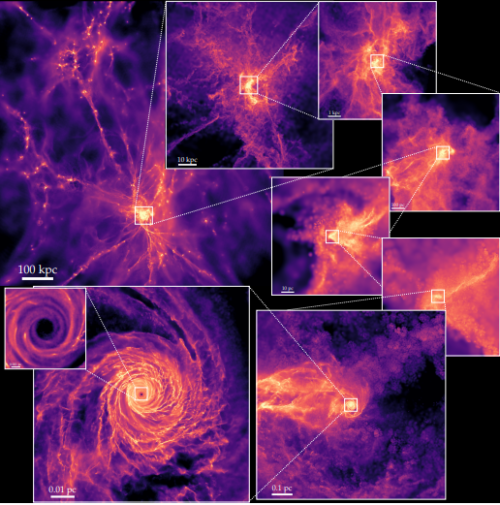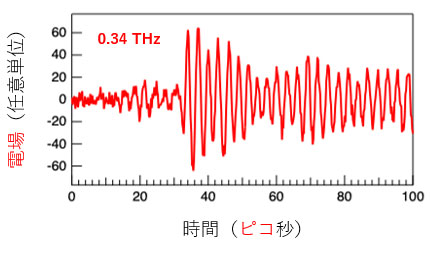2024-07-02 テキサス大学オースチン校(UT Austin)
<関連情報>
- https://news.utexas.edu/2024/07/02/new-imaging-technique-uses-earths-warped-surface-to-reveal-rocky-interior/
- https://www.science.org/doi/10.1126/sciadv.adl4264
2011年東北沖M9の共地震が示す火山弧剛性の変化 Volcanic arc rigidity variations illuminated by coseismic deformation of the 2011 Tohoku-oki M9
SIMONE PUEL, THORSTEN W. BECKER, UMBERTO VILLA, OMAR GHATTAS, AND DUNYU LIU
Science Advances Published:5 Jun 2024
DOI:https://doi.org/10.1126/sciadv.adl4264

Abstract
Rock strength has long been linked to lithospheric deformation and seismicity. However, independent constraints on the related elastic heterogeneity are missing, yet could provide key information for solid Earth dynamics. Using coseismic Global Navigation Satellite Systems (GNSS) data for the 2011 M9 Tohoku-oki earthquake in Japan, we apply an inverse method to infer elastic structure and fault slip simultaneously. We find compliant material beneath the volcanic arc and in the mantle wedge within the partial melt generation zone inferred to lie above ~100 km slab depth. We also identify low-rigidity material closer to the trench matching seismicity patterns, likely associated with accretionary wedge structure. Along with traditional seismic and electromagnetic methods, our approach opens up avenues for multiphysics inversions. Those have the potential to advance earthquake and volcano science, and in particular once expanded to InSAR type constraints, may lead to a better understanding of transient lithospheric deformation across scales.



